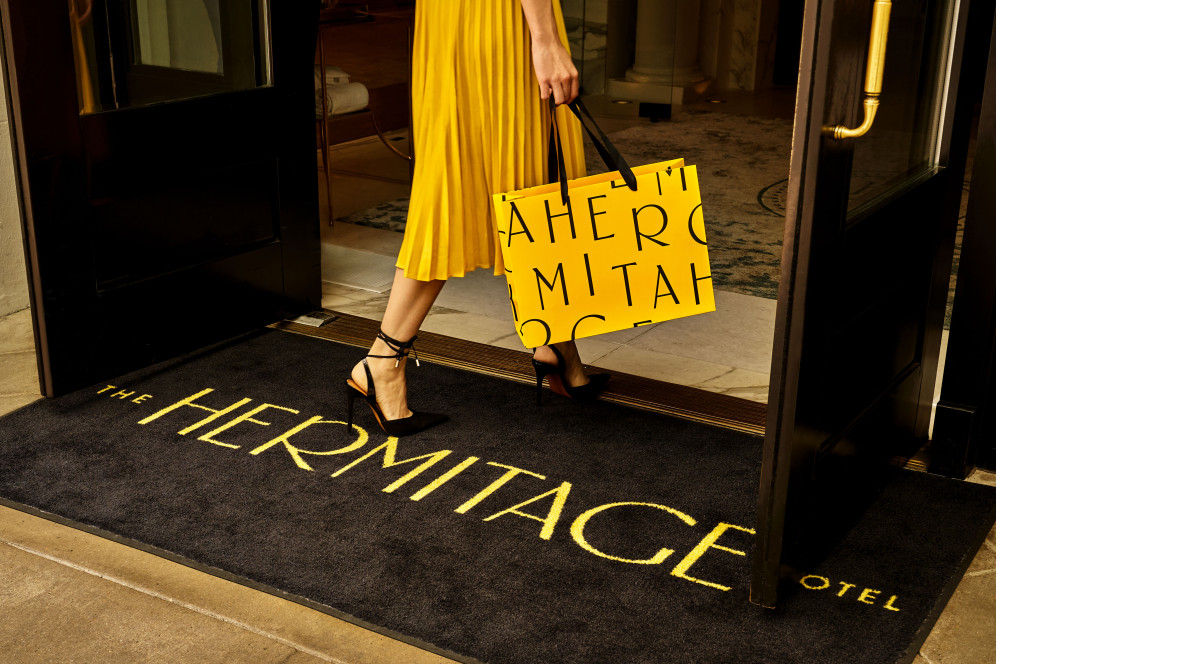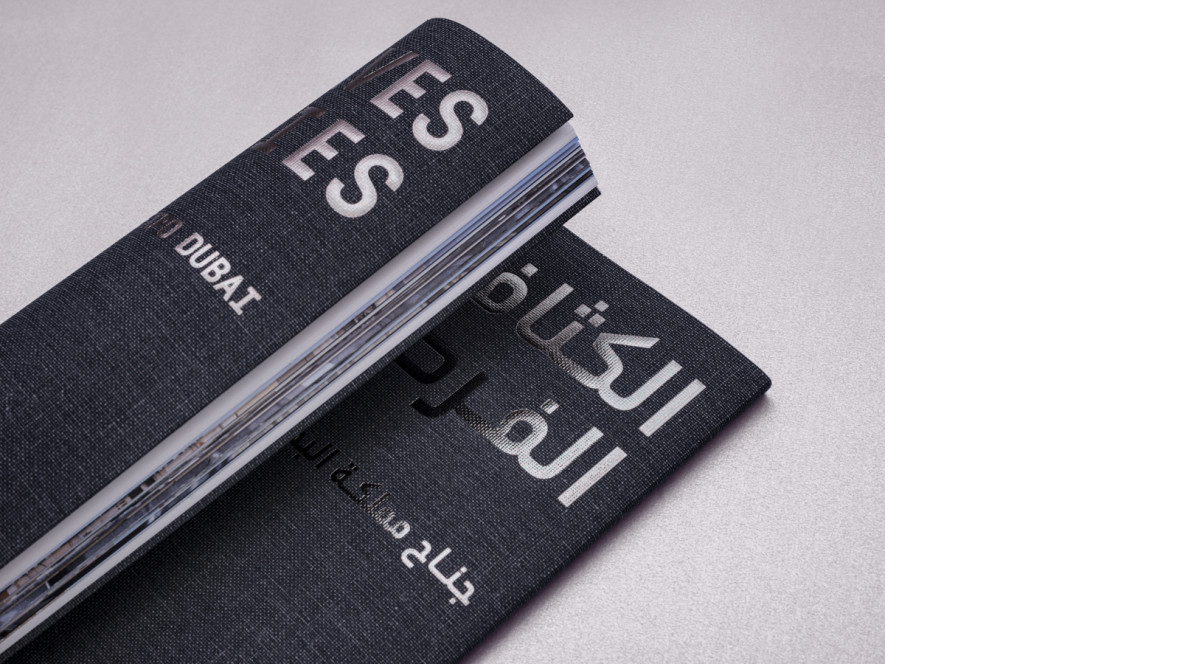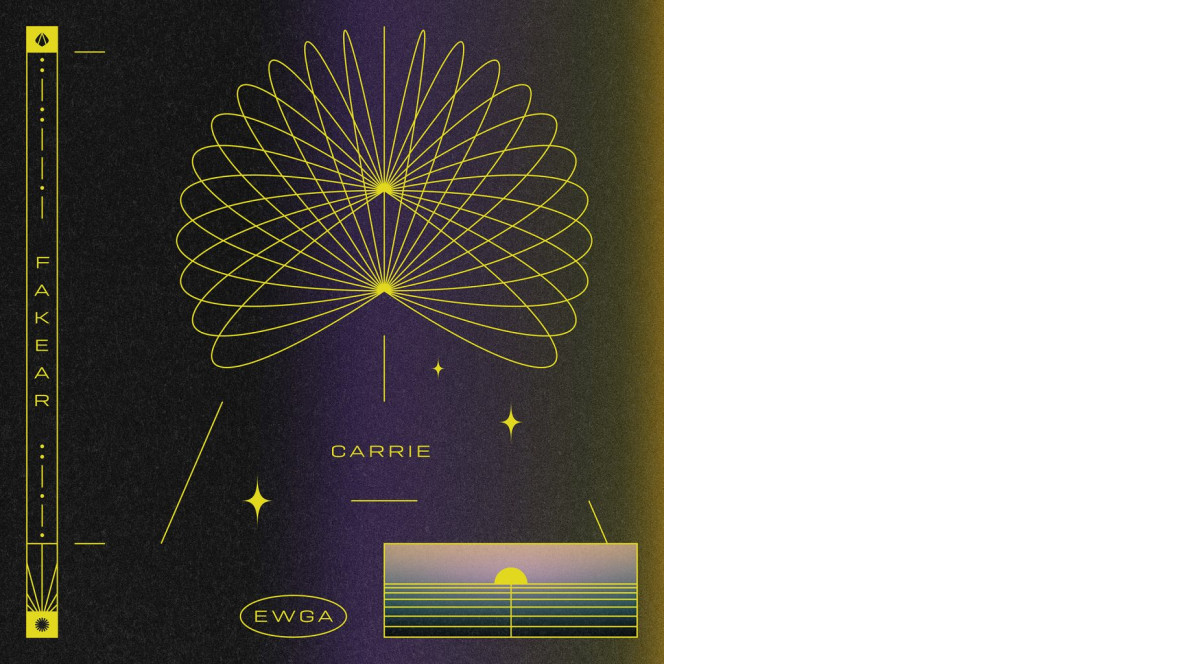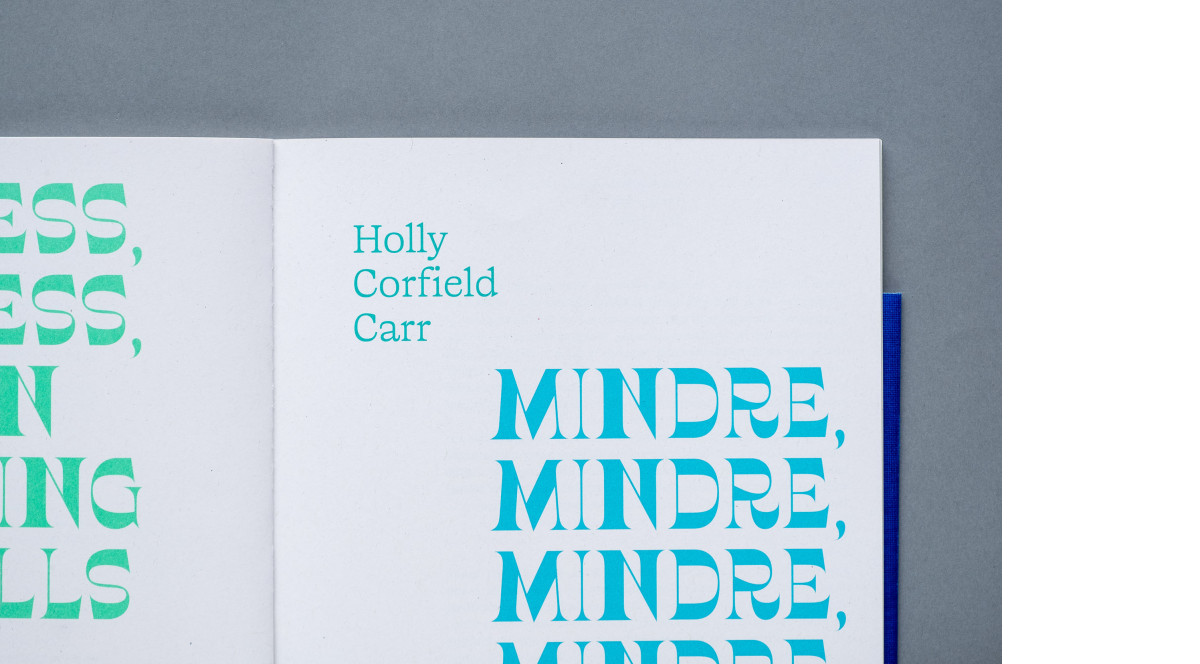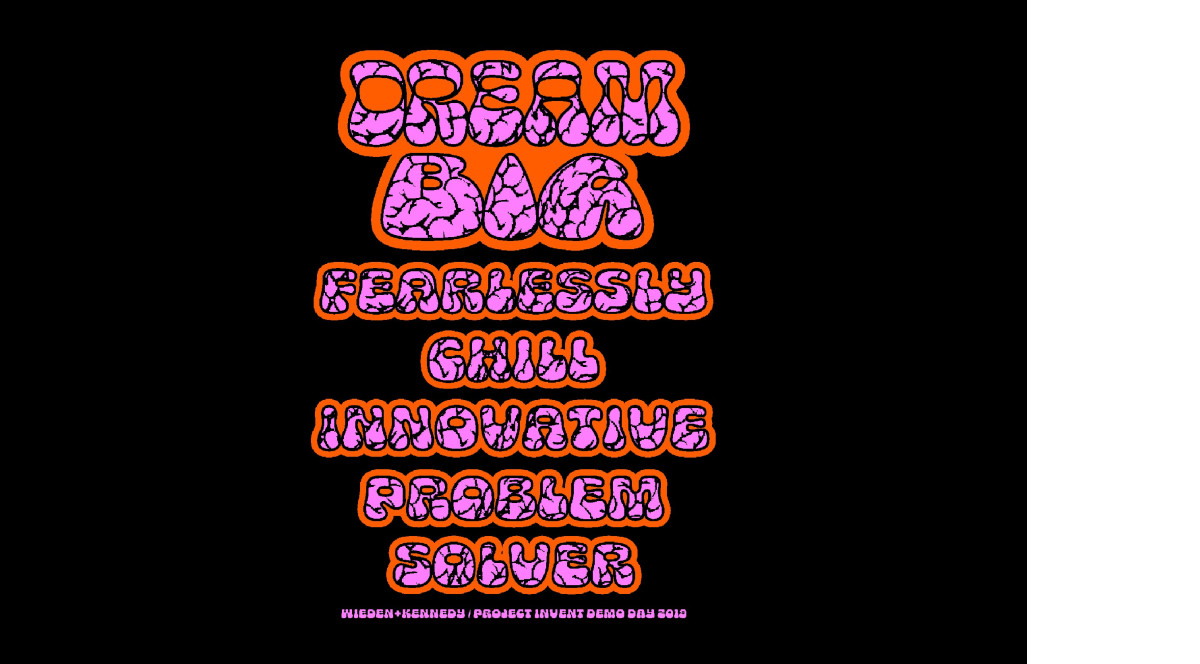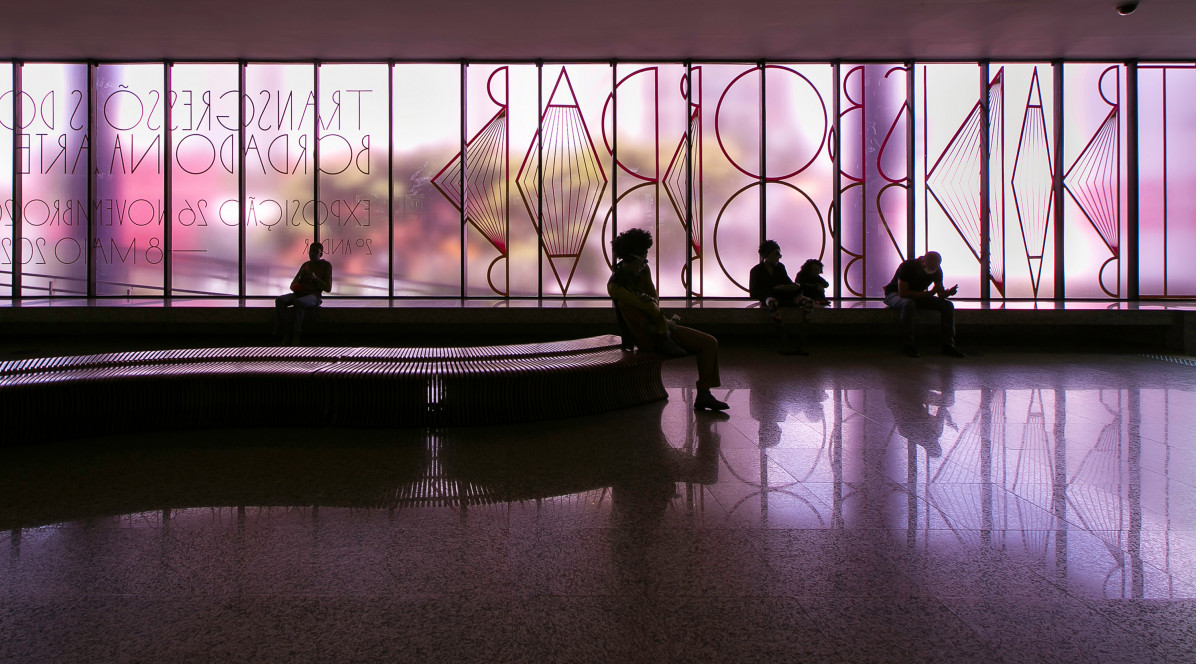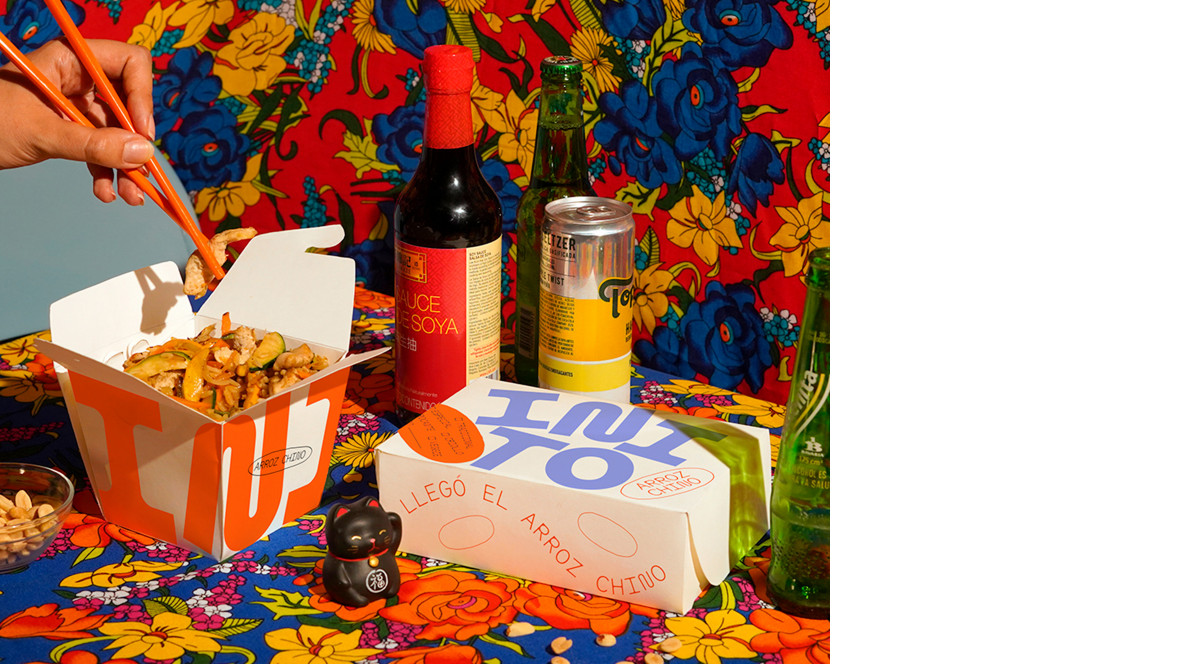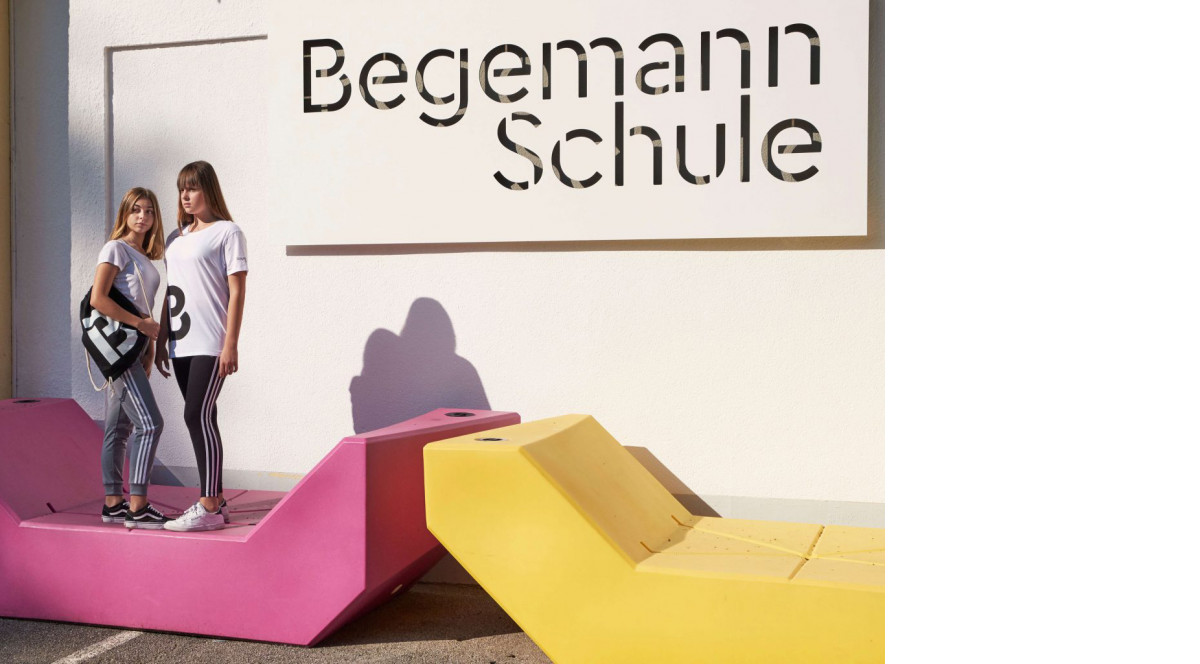Fonts In Use: Enjoy your stay
For hotels, typography plays a dual role. As part of the branding, it helps – along with the visuals and ad copy – to convey the right feeling. And for newly arrived guests, there is functional signage to your meeting room, sauna, and bed. This article profiles four unique hotels’ use of typography to tell their stories and set themselves apart.


